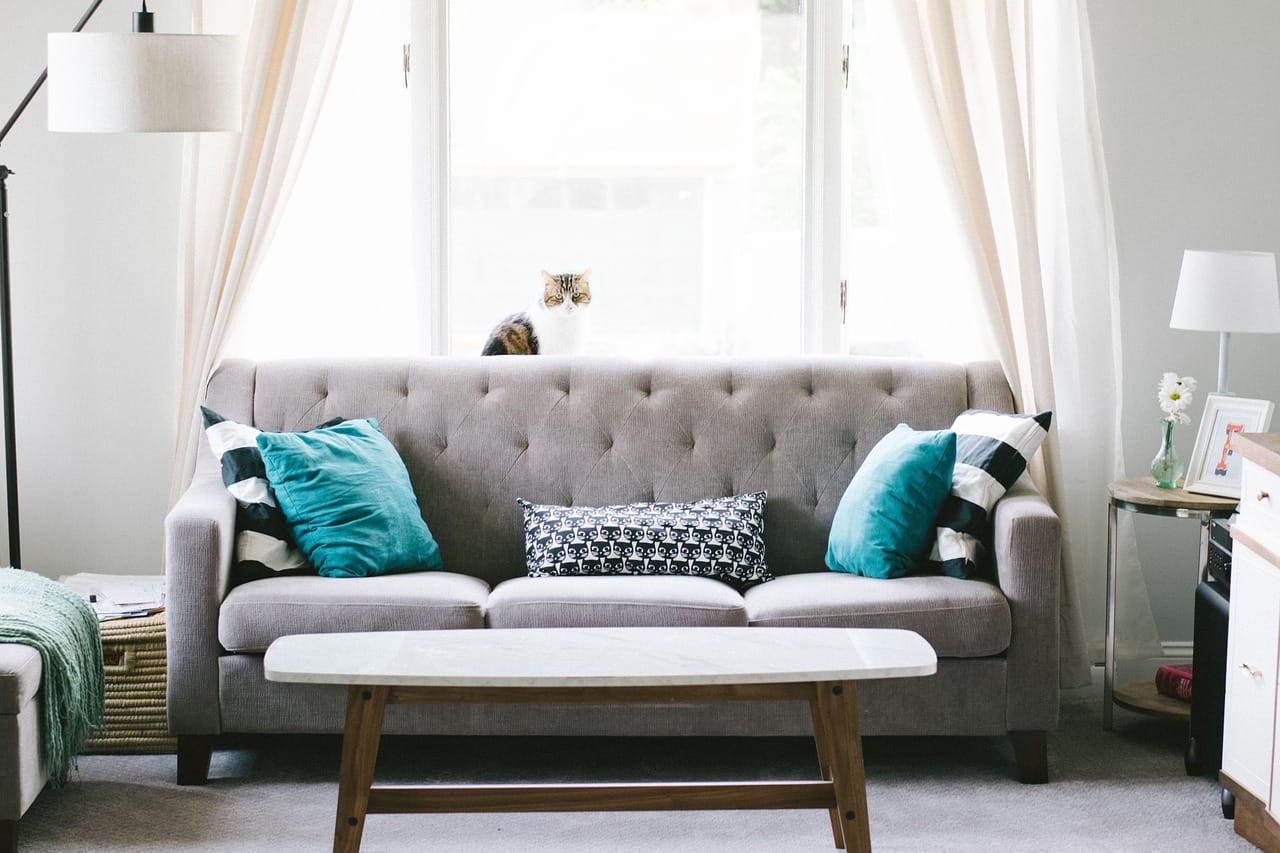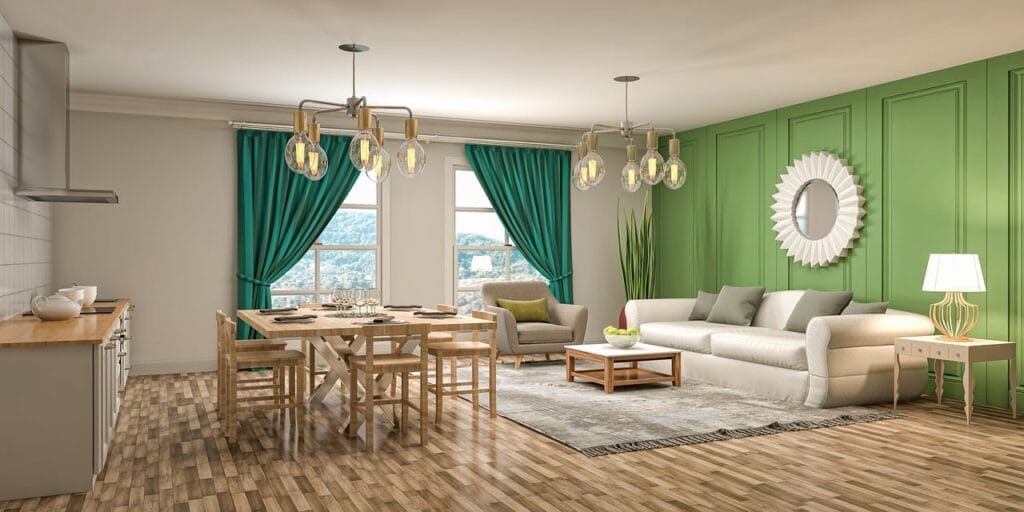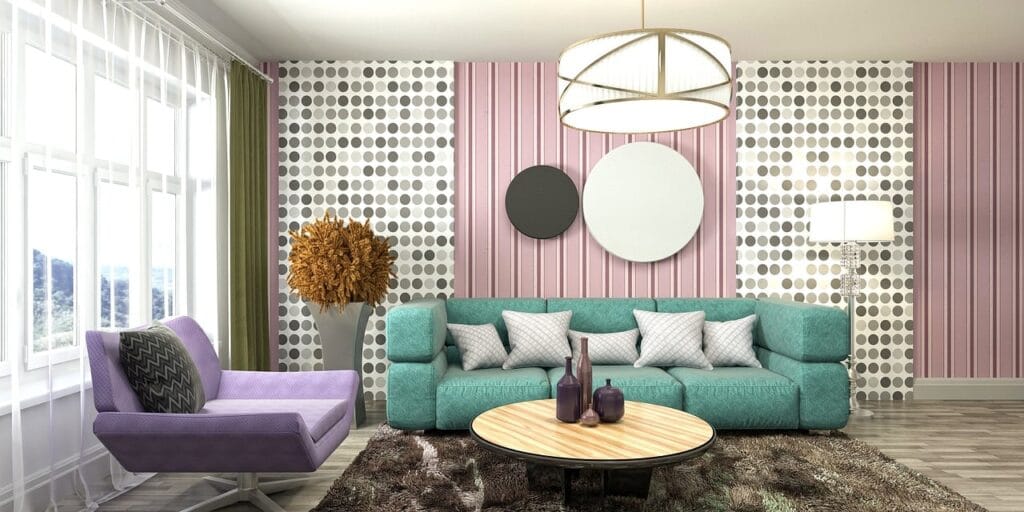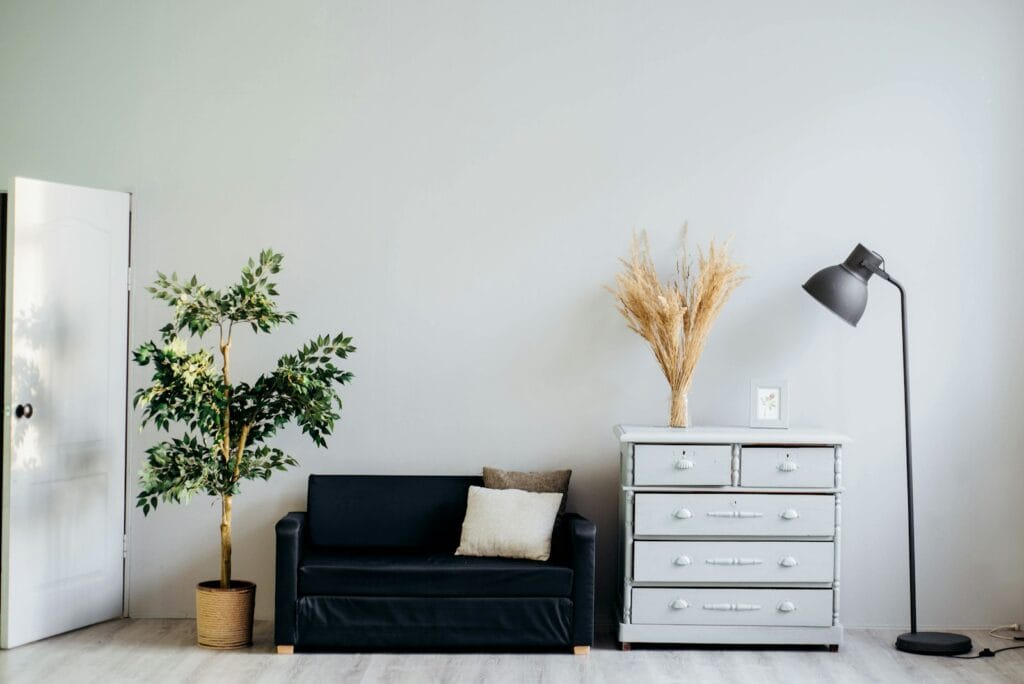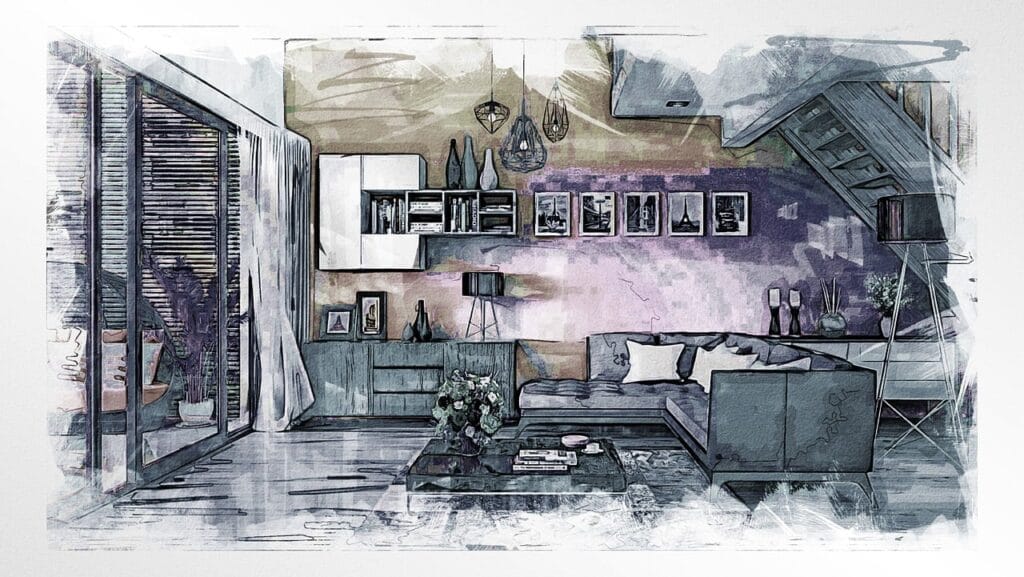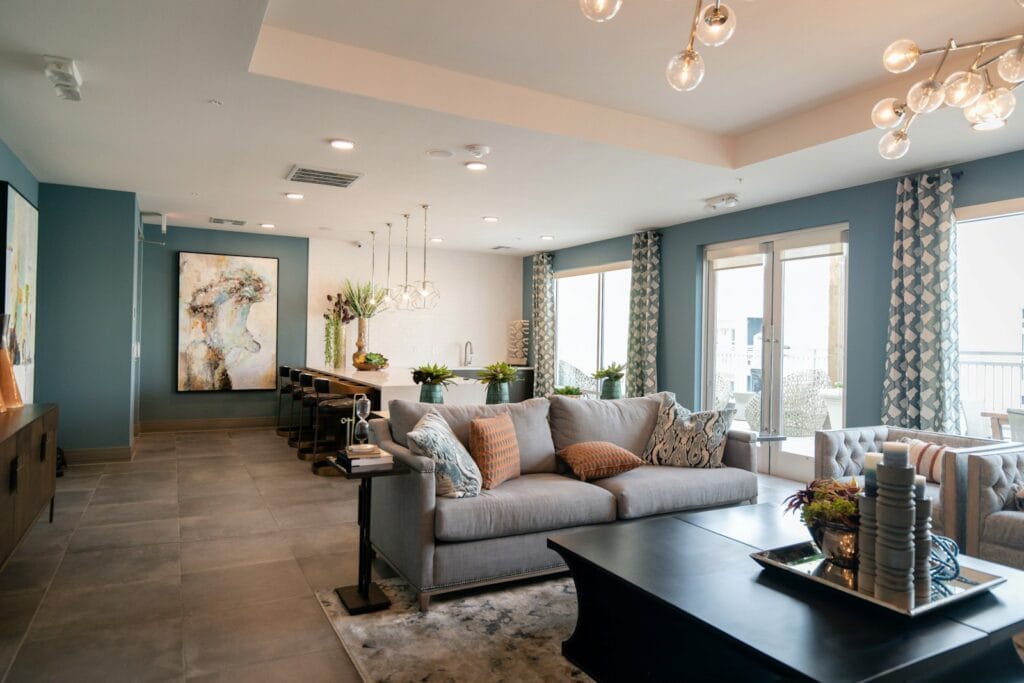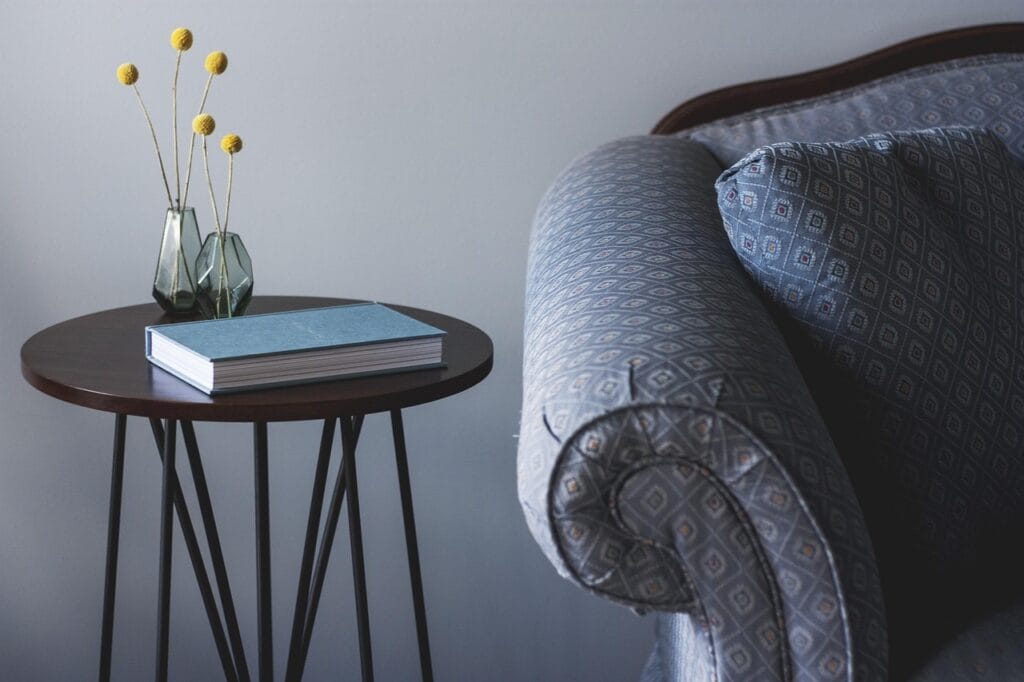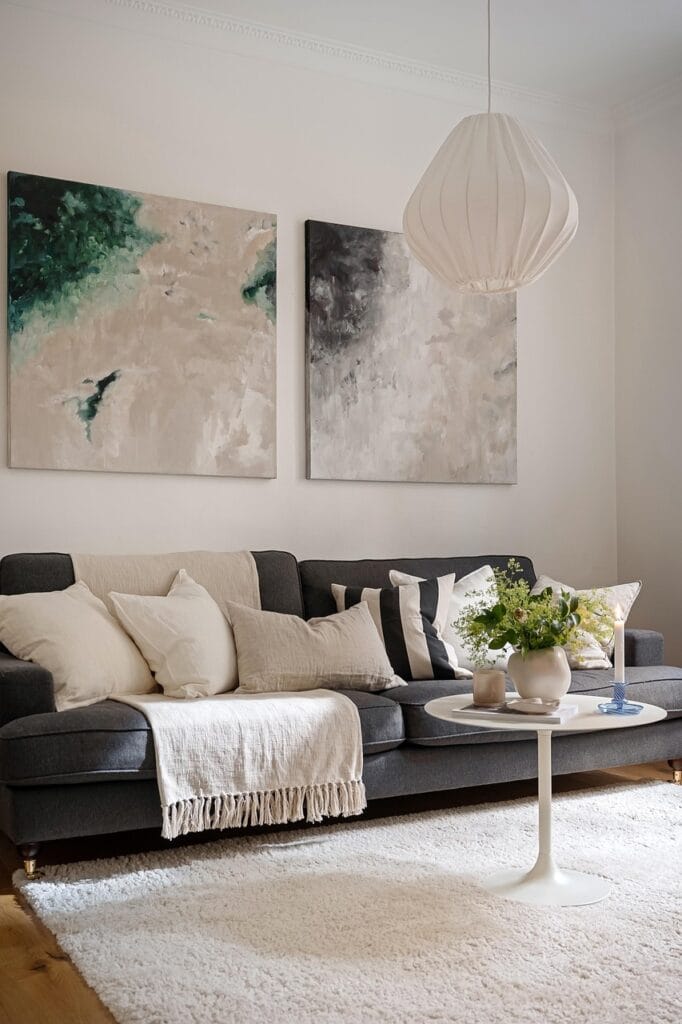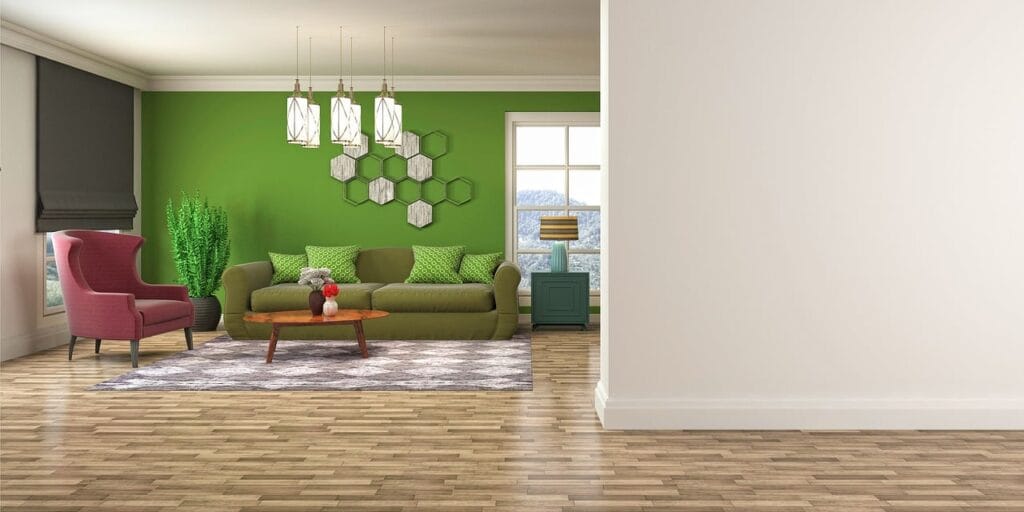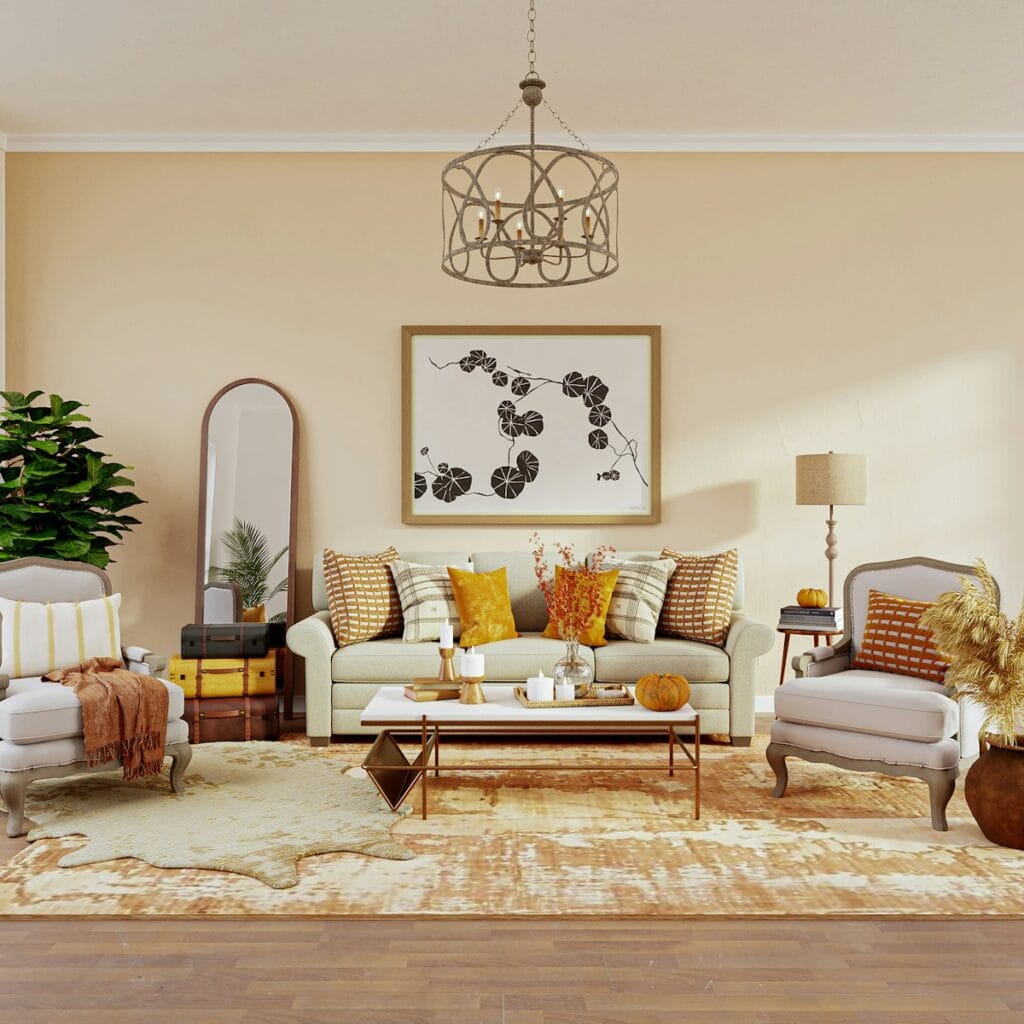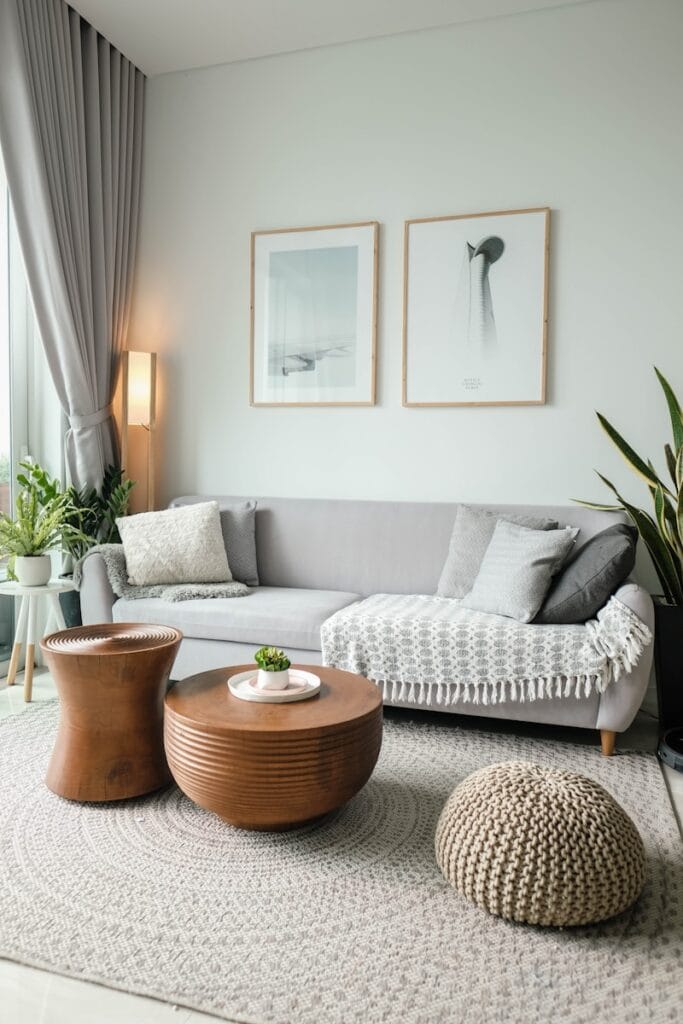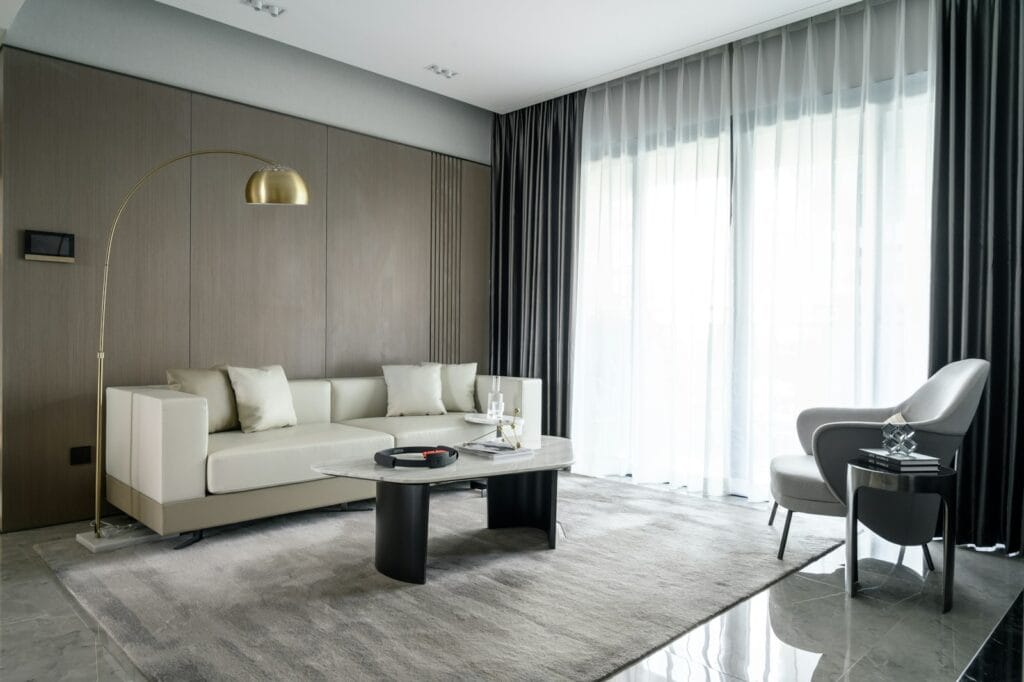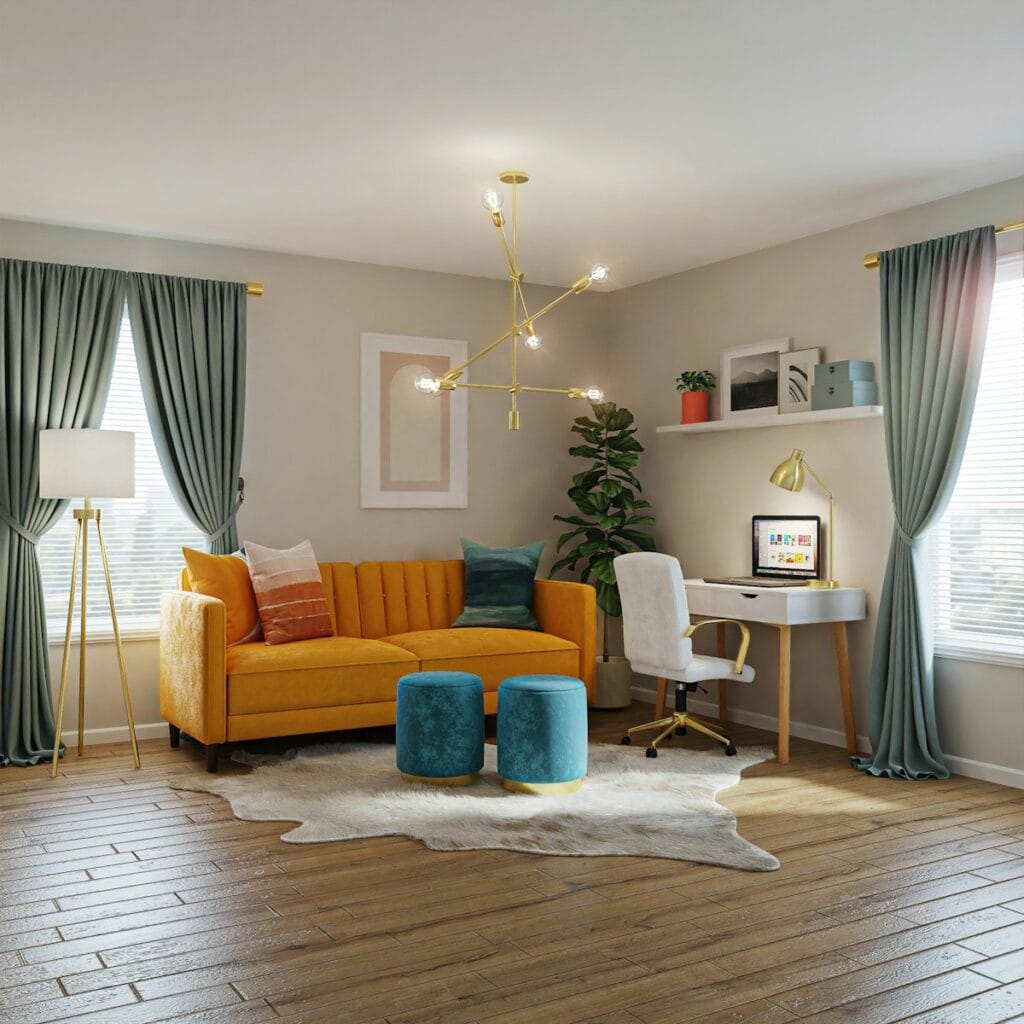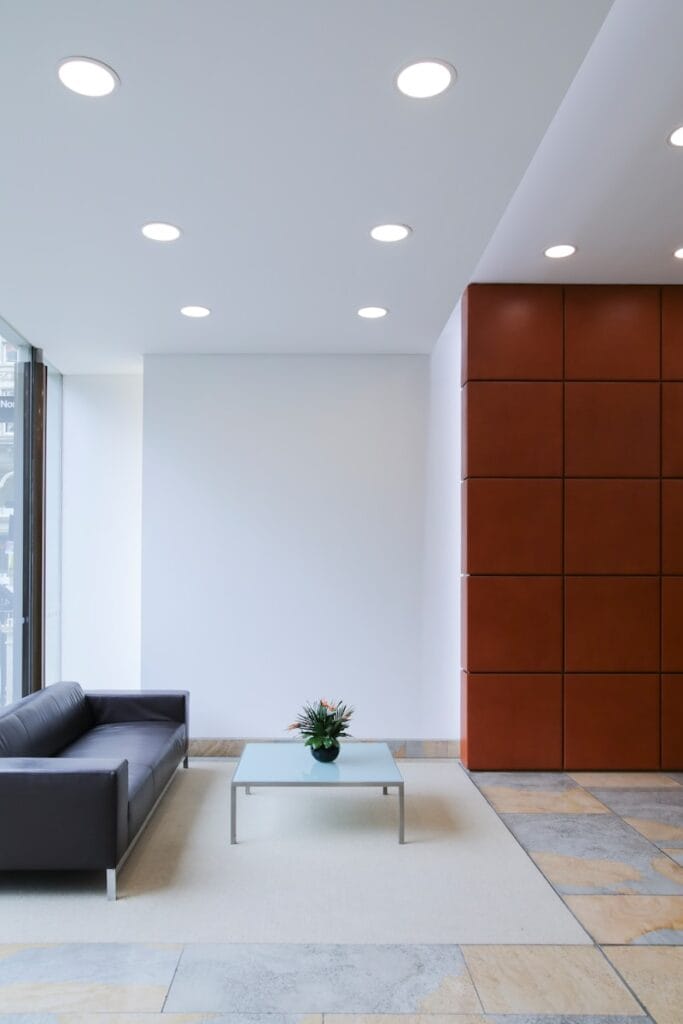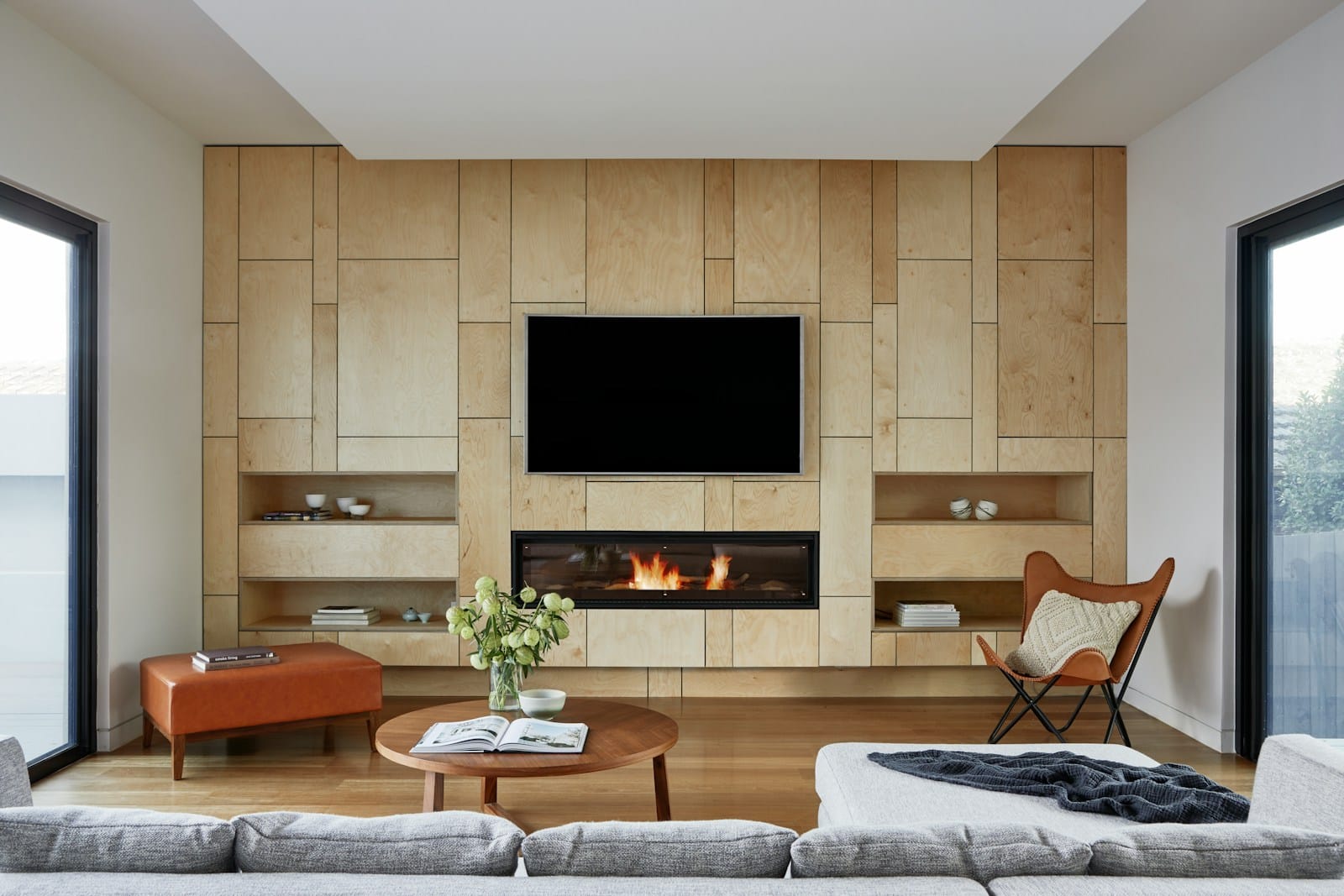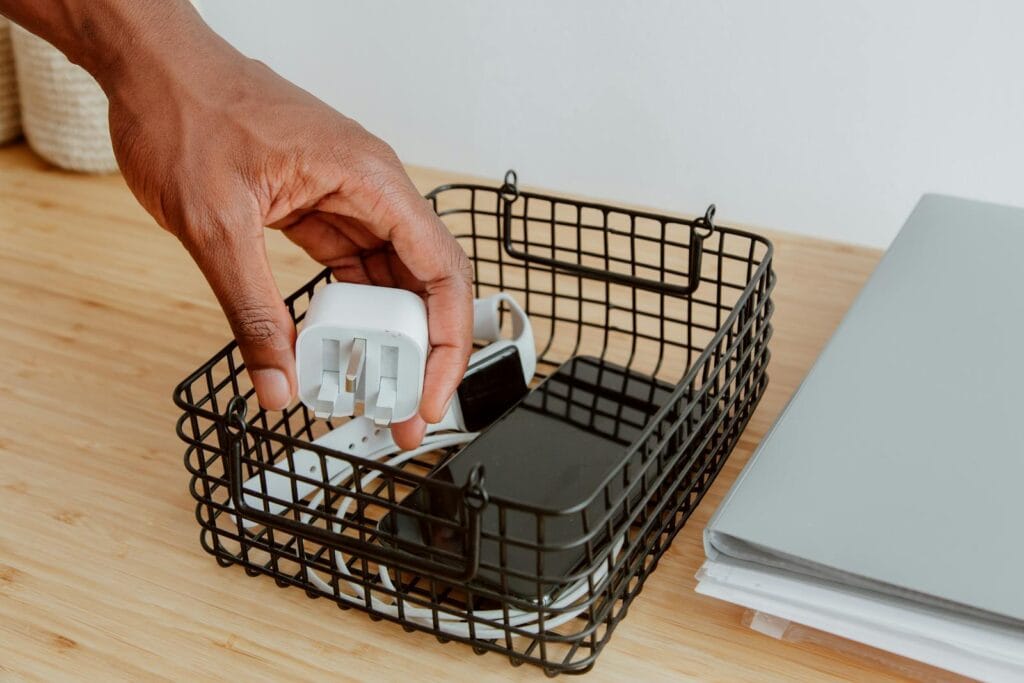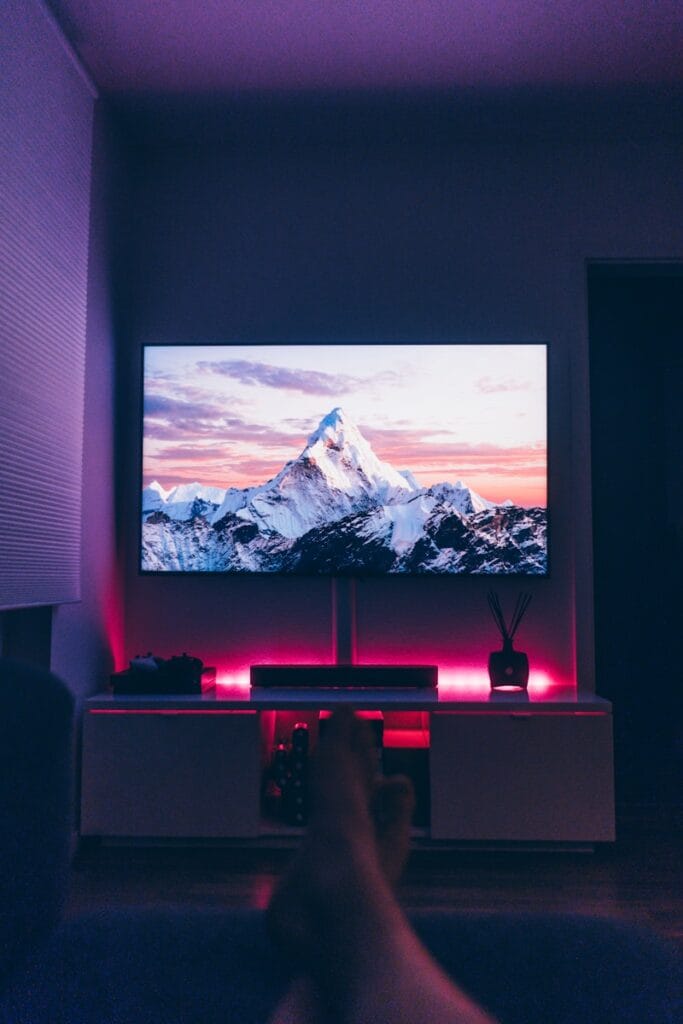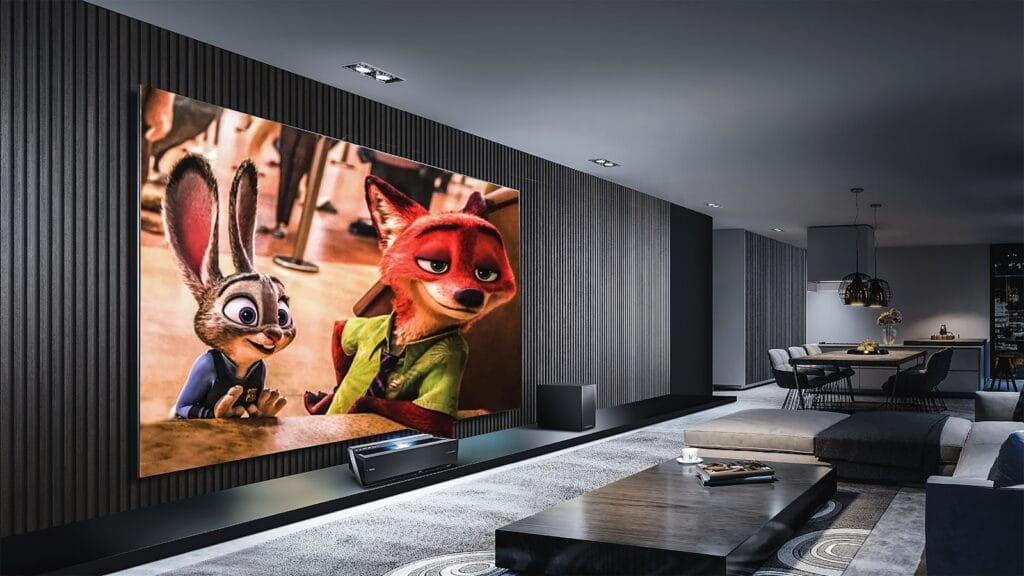It’s 30 – 50% RH. But there is more to the story.
Hey there, home enthusiasts! Jonathan Miller here, your guide to crafting a living space that’s not just visually appealing, but truly enhances your well-being. Welcome to my little corner of the internet, where we explore inspiring and practical ways to elevate your home life. Today, we’re diving into something often overlooked but incredibly important: humidity. Specifically, finding the perfect humidity in your living room – because let’s face it, nobody wants a space that feels like a swamp or a desert!
Get ready for an engaging and, dare I say, addictive read as we unlock the secrets to a balanced and comfortable living environment.
Why Home Improvement Matters (More Than You Think!)
We often think of home improvement as purely aesthetic – a new coat of paint, a trendy sofa, a strategically placed plant. While those things certainly contribute, a truly well-improved home goes deeper. It’s about creating a space that nurtures your emotional and physical well-being.
Think about it: a comfortable living room, reflecting your personal style, provides a sanctuary after a long day. It’s a place to relax, recharge, and connect with loved ones. Taking control of your environment is empowering. Knowing you’ve curated a space that supports your needs is incredibly satisfying. A key part of this is addressing often-overlooked factors like living room humidity. A balanced indoor humidity significantly impacts your comfort, health, and even the lifespan of your furniture.

Understanding Your Home’s Needs: The Humidity Edition
Before you grab a paintbrush or rearrange the furniture, it’s essential to assess the current state of your home – especially its humidity levels. Here’s a step-by-step guide:
- Identify Areas That Need Improvement: This isn’t just about spotting a leaky faucet. It’s about recognizing discomfort related to living room humidity. Do you experience dry skin and static electricity in the winter? Or, perhaps your living room feels perpetually damp and musty in the summer? These are clues!
- Measure Your Living Room Humidity: This is crucial! Don’t rely on guesswork. Invest in a hygrometer for living room use. These inexpensive devices accurately measure the humidity levels living room, giving you a precise starting point. You can find them online or at most home improvement stores. Note the readings at different times of the day, especially during temperature extremes.
- Set Realistic and Clear Goals: Instead of aiming for “perfect,” aim for “optimal.” The ideal humidity for living room generally falls between 30% and 50%. However, personal comfort and specific climate conditions might influence your preferred range. Set a goal to maintain that range, making adjustments as needed throughout the year.
- Prioritize Projects for Maximum Impact: Addressing humidity problems living room can have a significant impact on your overall well-being. If you consistently experience low humidity in living room during winter, investing in a humidifier might be a higher priority than, say, repainting the walls. Similarly, if you’re battling high humidity in living room, a dehumidifier should be at the top of your list.
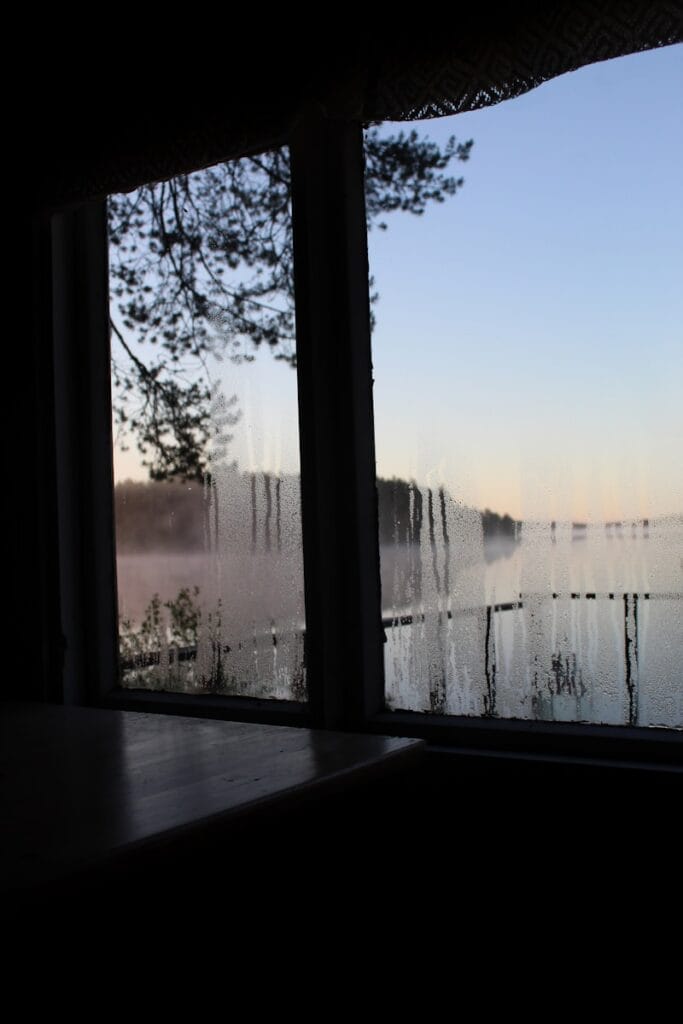
Budget-Friendly DIY Projects: Humidity Control Edition
Controlling living room humidity doesn’t always require expensive professional installations. Here are some affordable DIY solutions you can tackle:
- Addressing Low Humidity in Living Room:
- Strategic Plant Placement: Certain plants, like Boston ferns and spider plants, naturally increase humidity through transpiration. Grouping plants together amplifies this effect. Humidity and plants living room can be a beautiful and functional way to improve air quality.
- DIY Humidifier: Place a bowl of water near a heat source (radiator or sunny window). As the water evaporates, it adds moisture to the air.
- Invest in a Humidifier for Living Room: While not strictly DIY, a small, personal humidifier can be very effective in a specific area. Look for energy-efficient models.
- Combating High Humidity in Living Room:
- Improve Ventilation: Open windows and doors regularly to encourage airflow. Use fans to circulate air, especially after showering or cooking.
- Address Moisture Sources: Fix any leaks promptly. Ensure proper ventilation in bathrooms and kitchens to prevent moisture from spreading to the living room.
- Consider a Dehumidifier for Living Room: A dehumidifier removes excess moisture from the air, preventing mold growth and improving air quality. Choose a size appropriate for your living room.
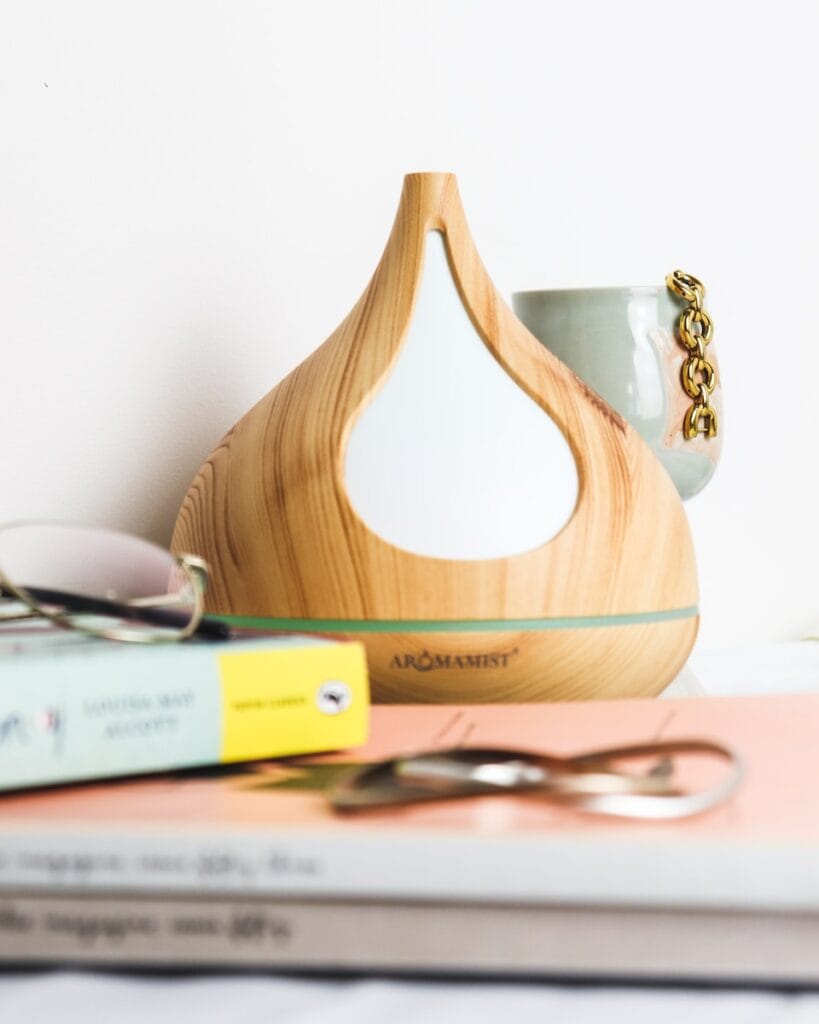
Creating a Cozy, Inviting Space: Beyond Humidity
Once you’ve addressed living room humidity control, you can focus on creating a truly cozy and inviting atmosphere:
- Color Palette: Warm, earthy tones tend to create a sense of comfort and relaxation. Consider using colors like soft greens, blues, and beiges.
- Lighting: Layer your lighting to create different moods. Use a combination of ambient lighting (overhead lights), task lighting (lamps for reading), and accent lighting (spotlights on artwork). Dimmable lights are a great way to control the ambiance.
- Textures and Patterns: Mix and match different textures and patterns to add visual interest. Think plush throws, textured pillows, woven rugs, and patterned curtains.
- Personalization: This is key! Add personal touches that reflect your interests and hobbies. Display your favorite books, artwork, photos, and travel souvenirs. These elements make your living room truly your own.
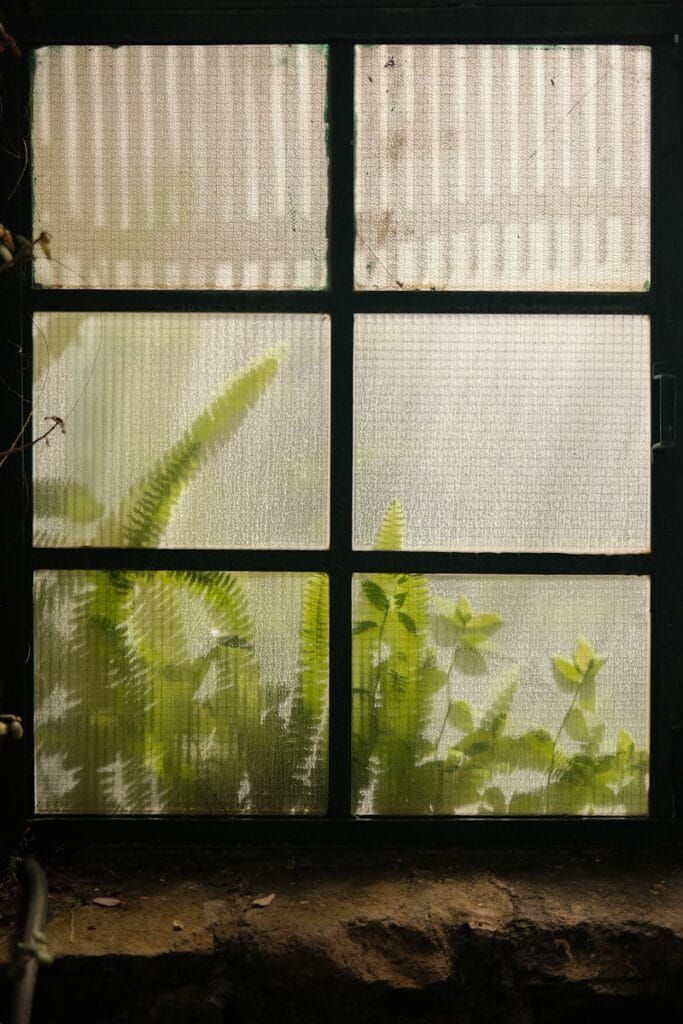
Expert Tips & Resources: Humidity and Beyond
Here are some insights from interior design experts to help you on your home improvement journey:
- Monitor Living room humidity Regularly: Don’t just set it and forget it. Regularly check your hygrometer and adjust your controlling humidity in home measures as needed.
- Consider the Humidity and Furniture Living Room Connection: High humidity can damage wood furniture, causing it to warp or rot. Low humidity can dry out wood, leading to cracks. Maintaining the optimal humidity living room can extend the life of your furniture.
- Beware of Humidity and Health Living Room Issues: Both excessively high and low humidity can impact your health. High humidity can promote mold growth and exacerbate allergies and asthma. Low humidity can dry out your skin and respiratory system, making you more susceptible to infections. The recommended humidity living room is important for your health.
Reliable Online Resources:
- The EPA (Environmental Protection Agency): Provides valuable information on indoor humidity and air quality.
- The American Lung Association: Offers insights into the health effects of dry air living room and too humid living room conditions.

Conclusion & Next Steps: Your Humidity-Controlled Haven Awaits!
We’ve covered a lot today, from understanding the importance of living room humidity to implementing practical DIY solutions. Remember, creating a comfortable and healthy living space is an ongoing process. Start by assessing your current humidity levels living room and setting realistic goals. Don’t be afraid to experiment with different strategies and personalize your space to reflect your unique style.
Your first step? Grab a hygrometer and start monitoring your living room humidity!
Now, I’d love to hear from you! What are your biggest humidity problems living room? What DIY solutions have you found most effective? Share your experiences in the comments below! And don’t forget to subscribe to my blog for more inspiring and practical home improvement ideas. Let’s create beautiful and healthy homes, together!
Until next time, happy improving!

